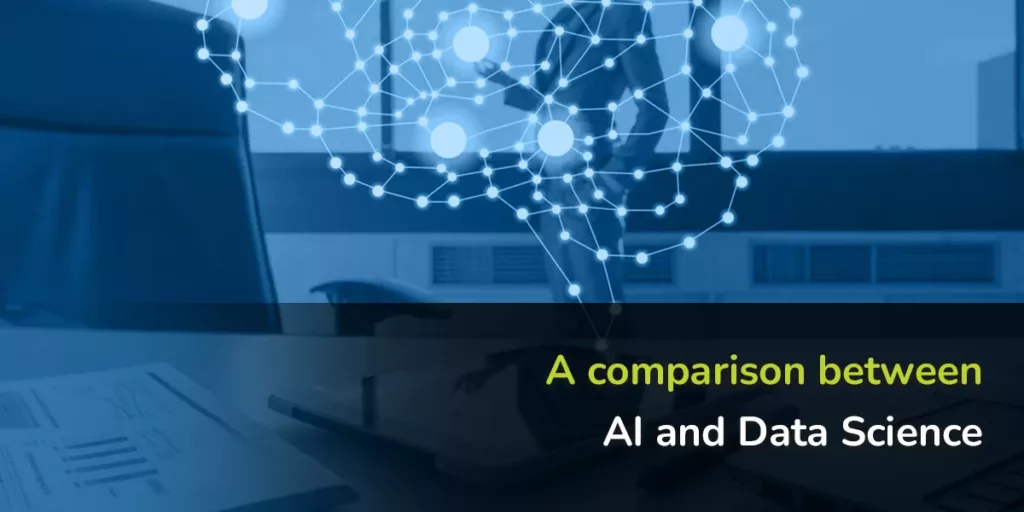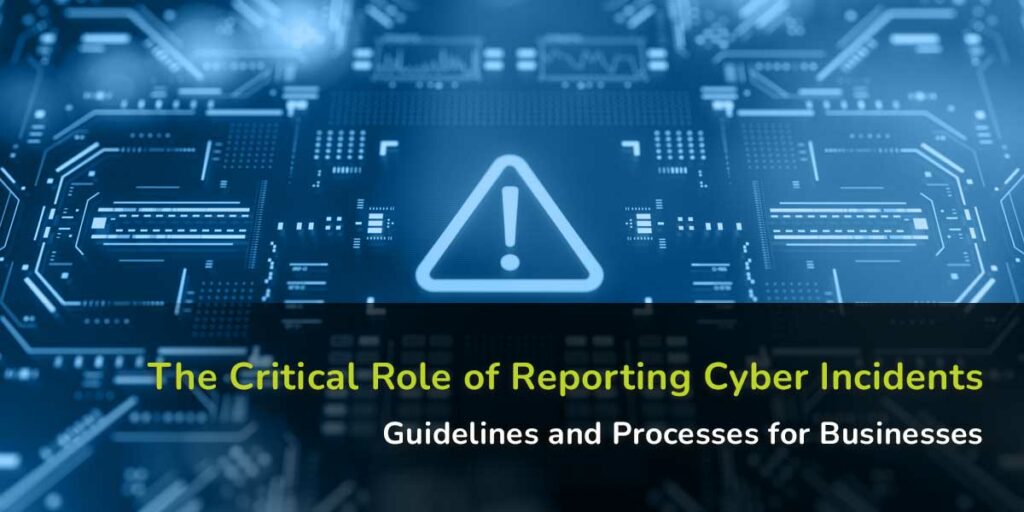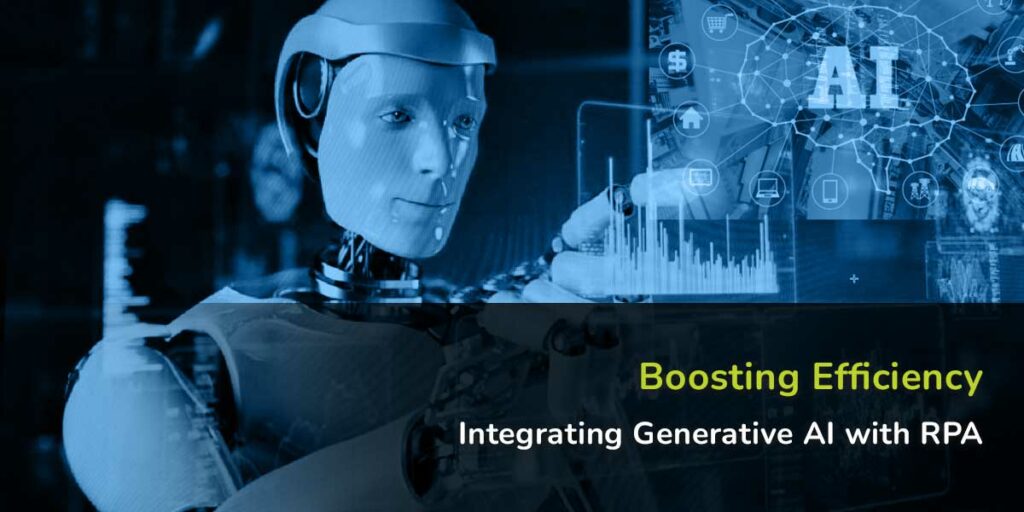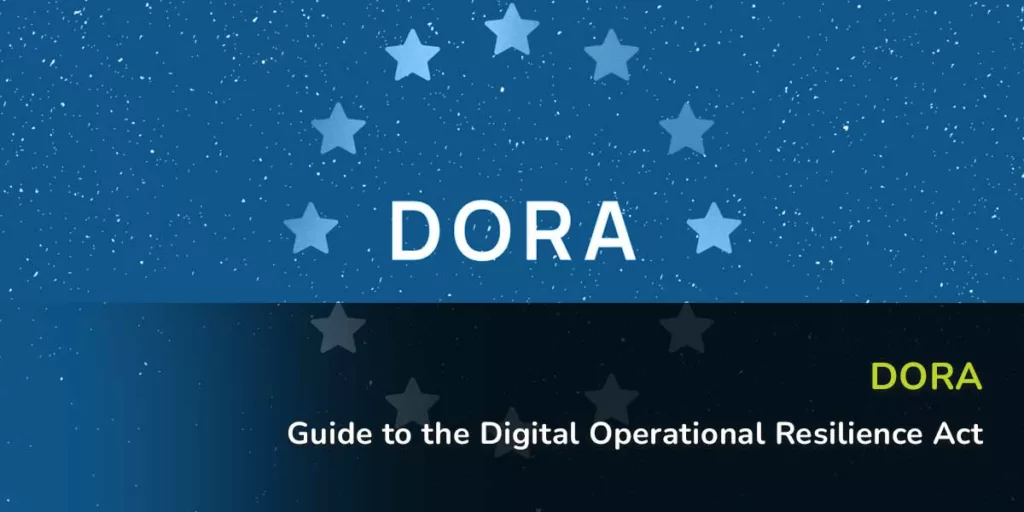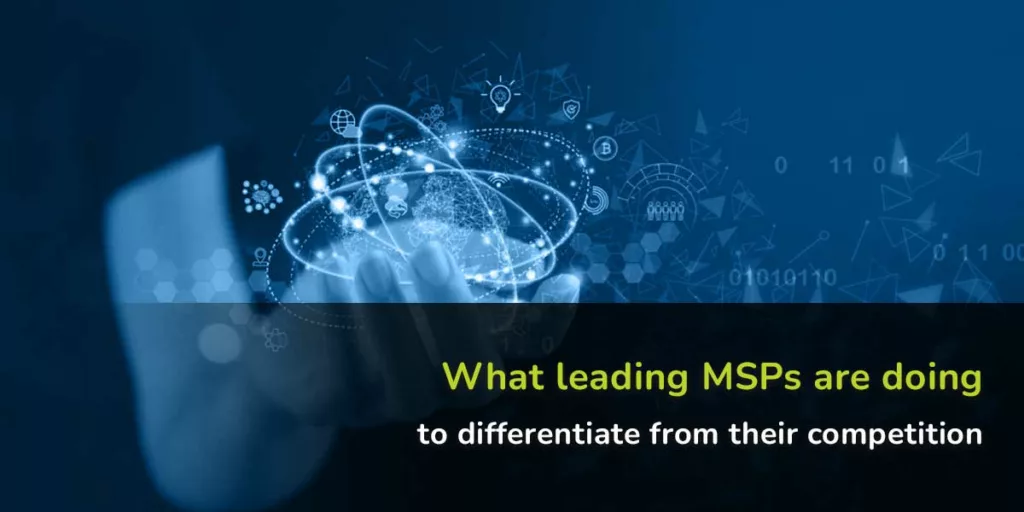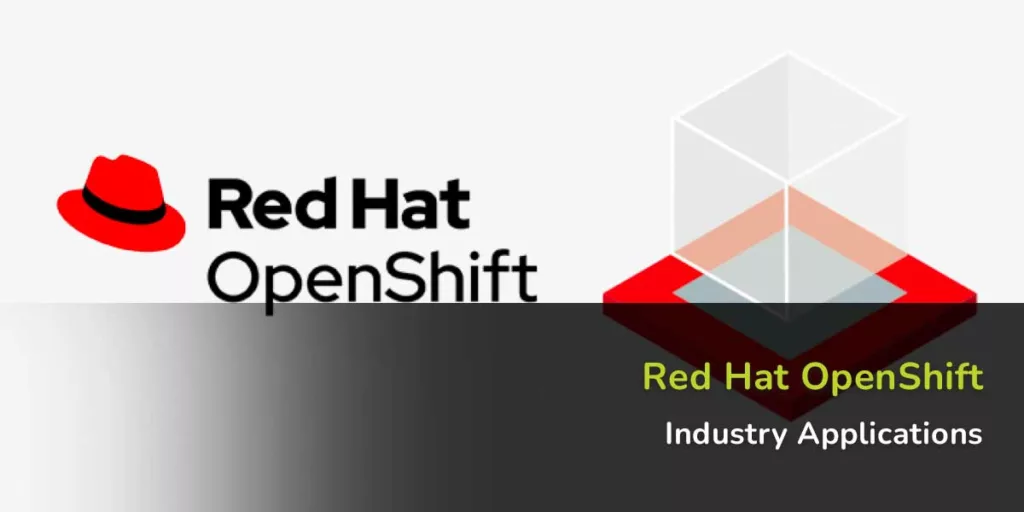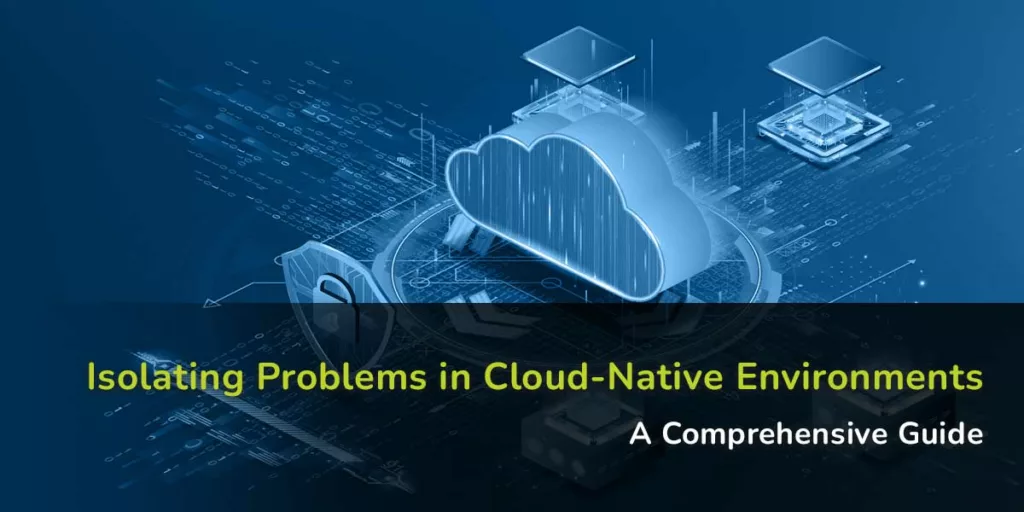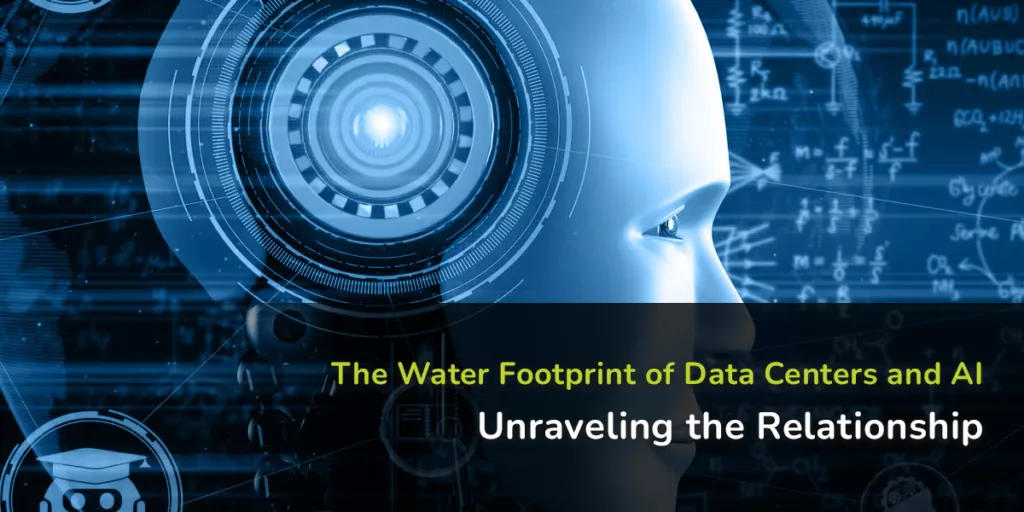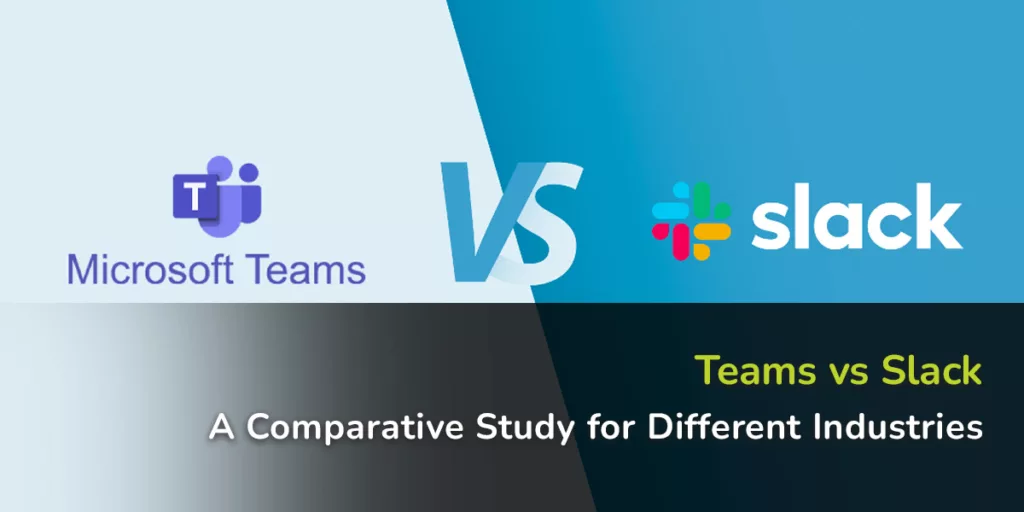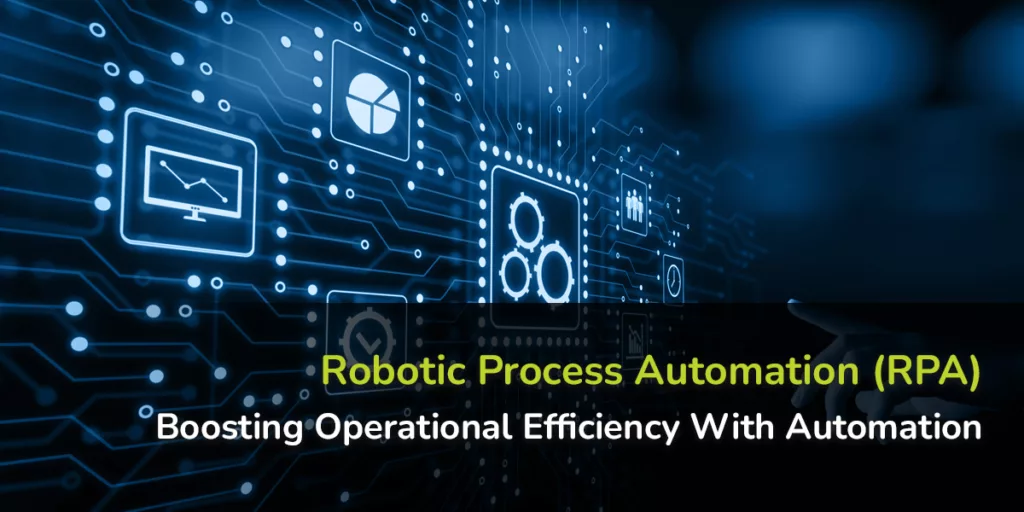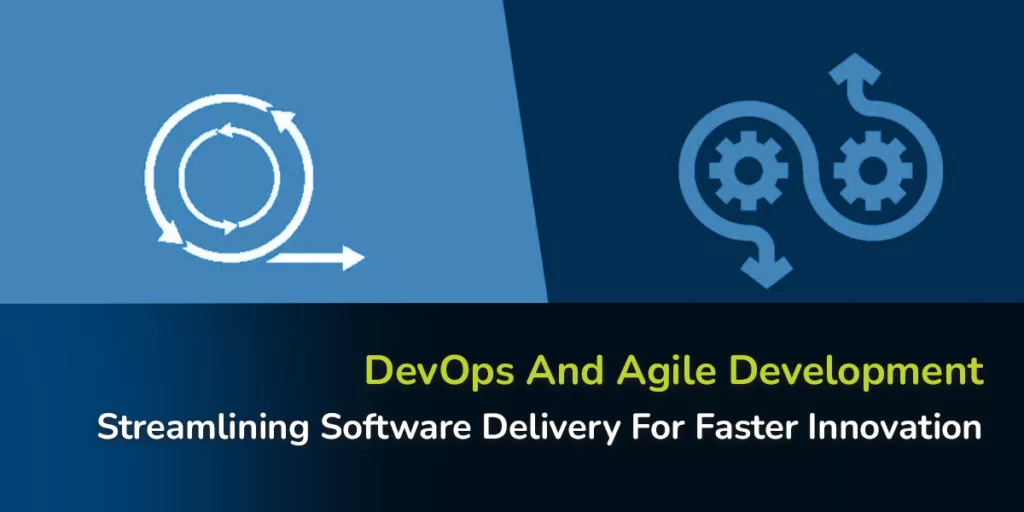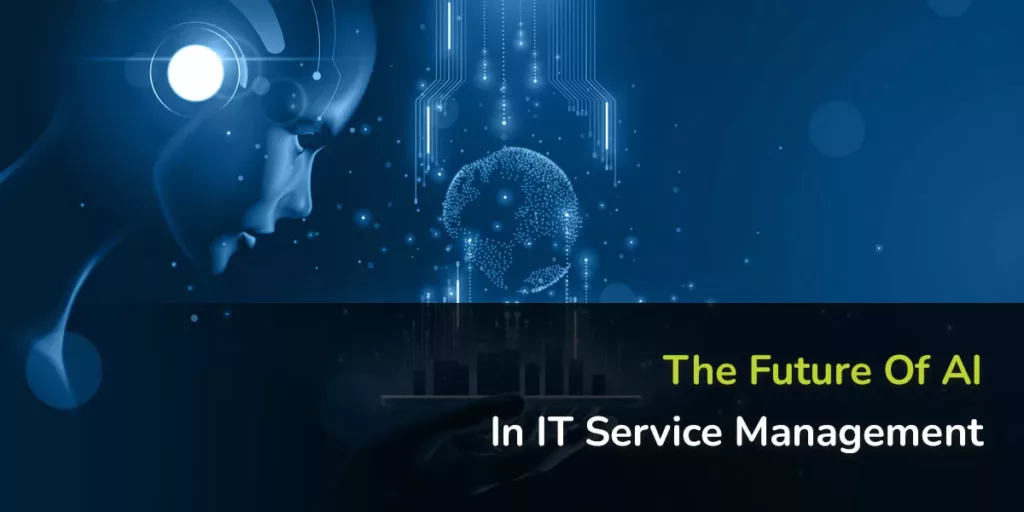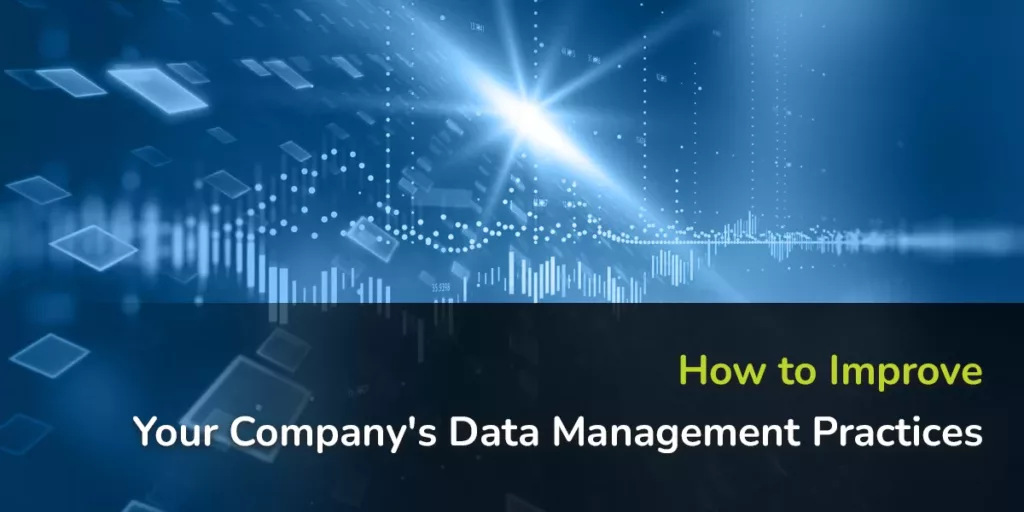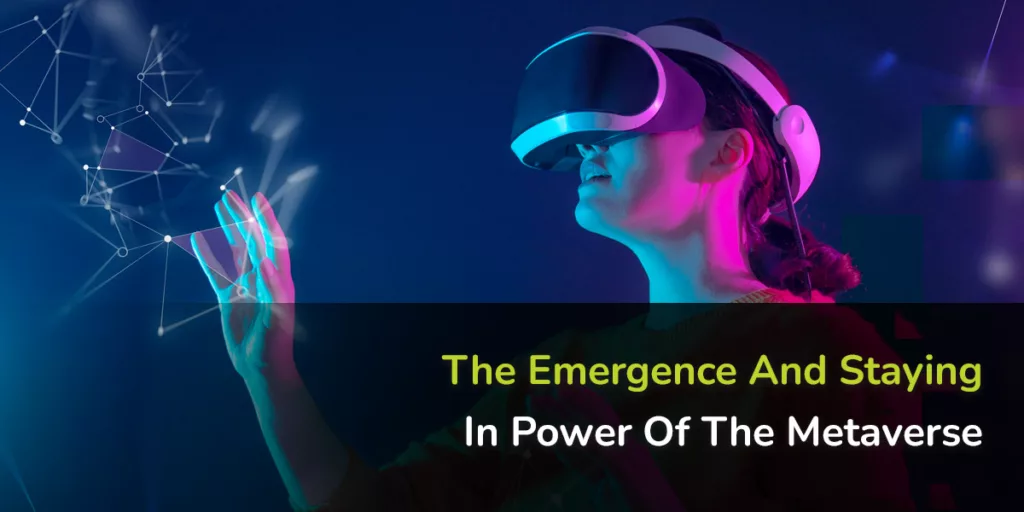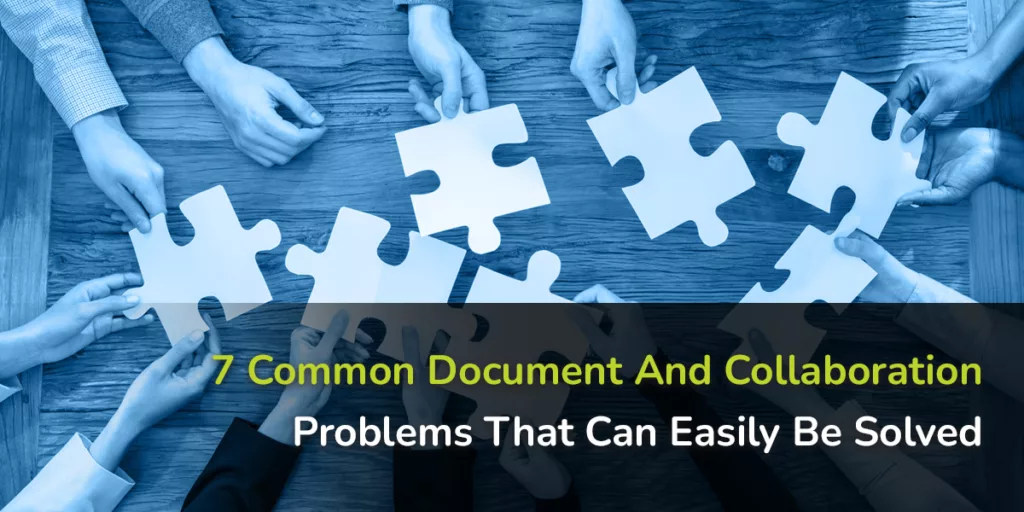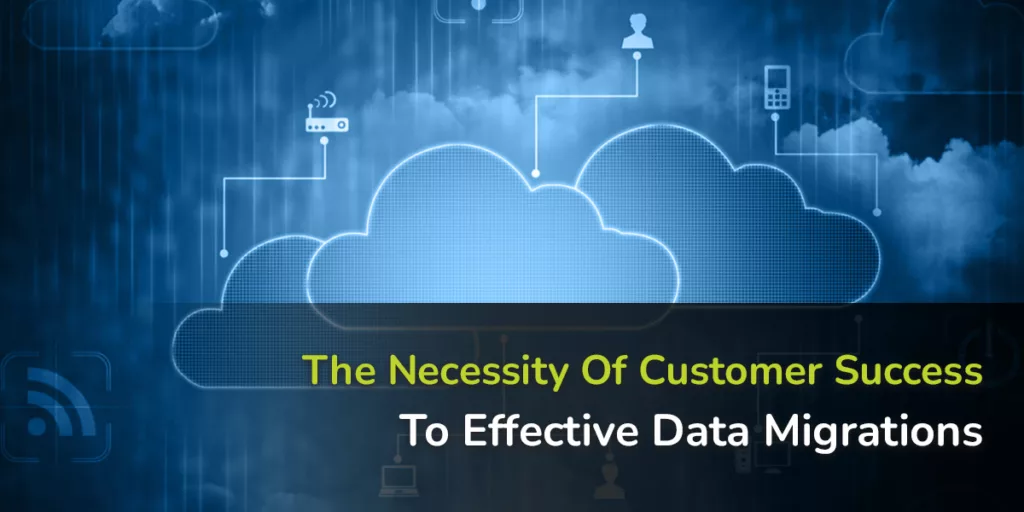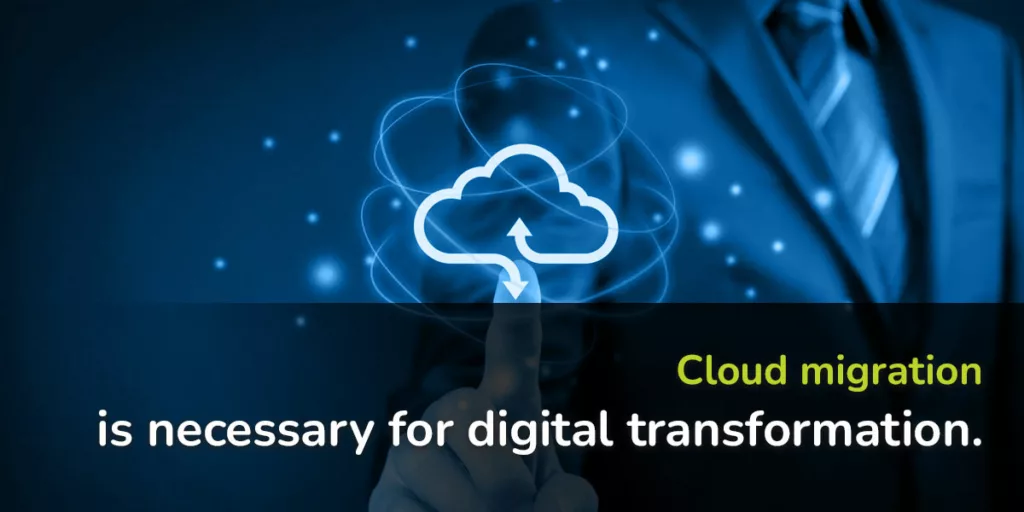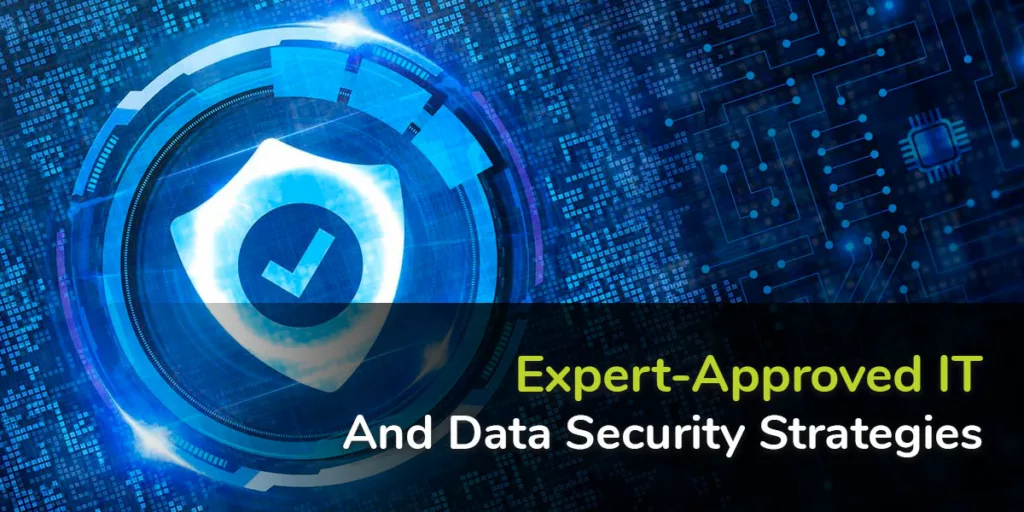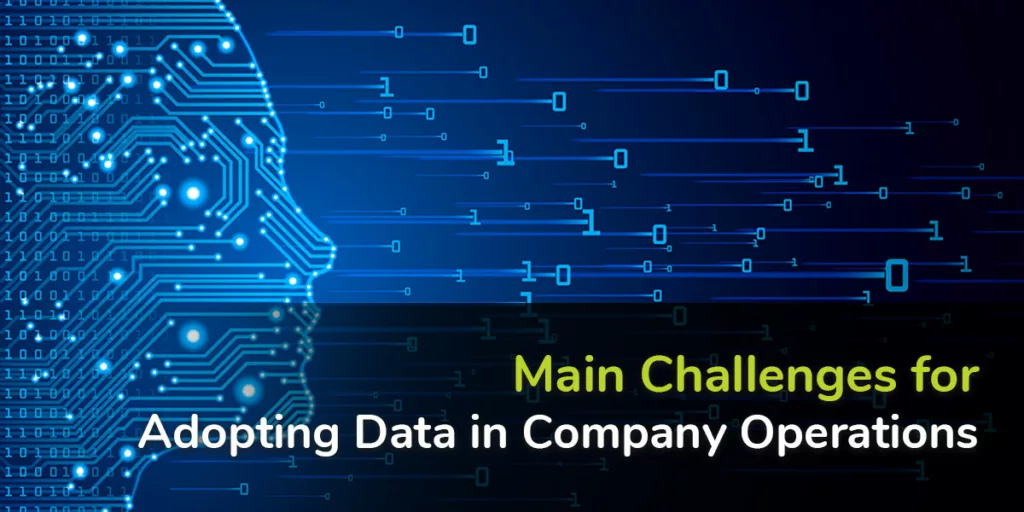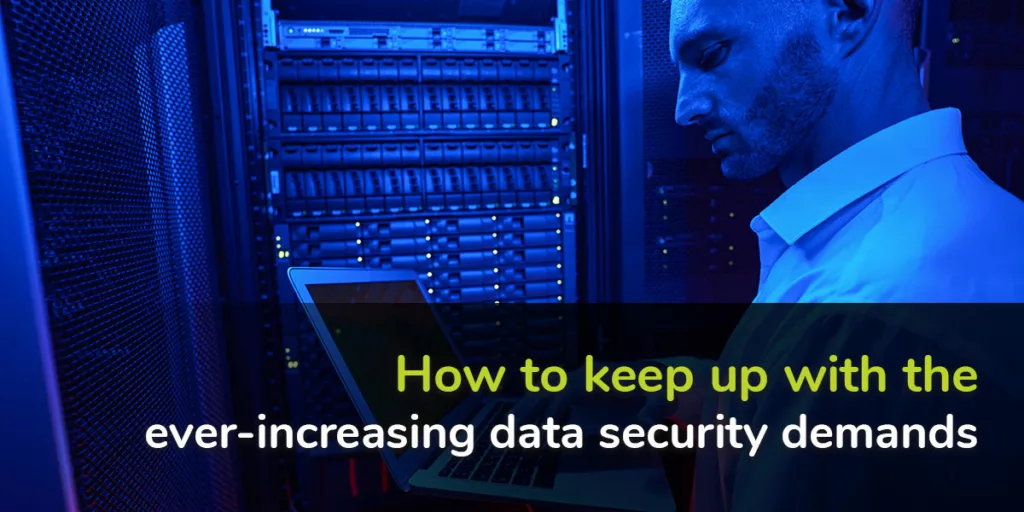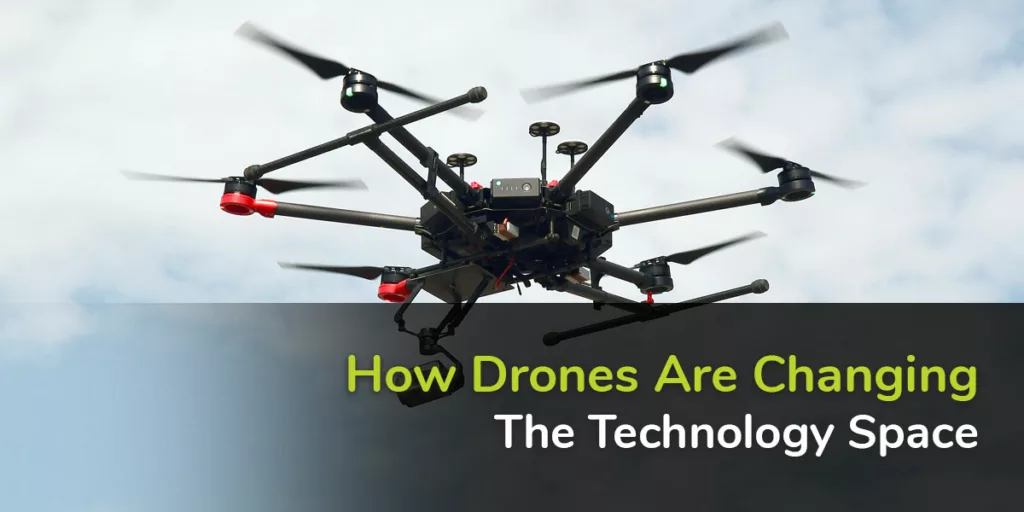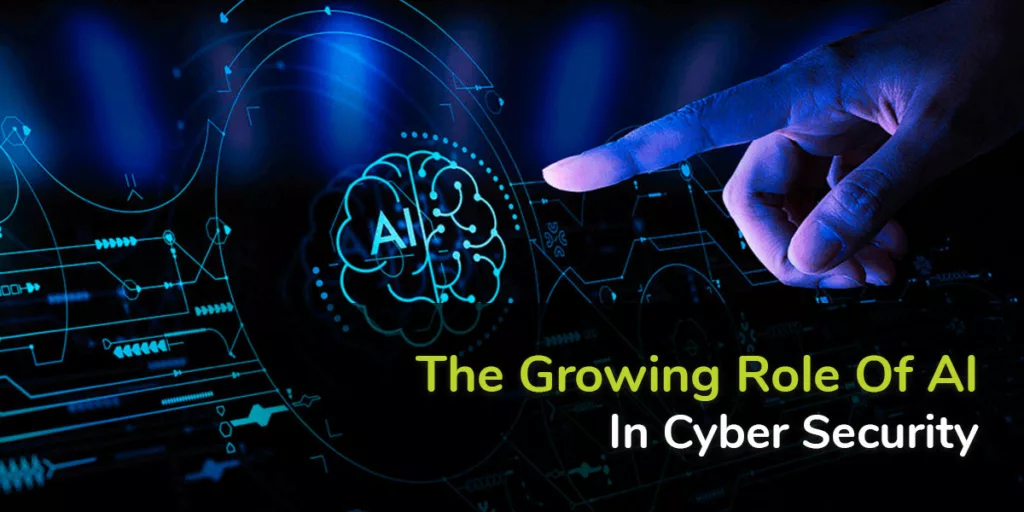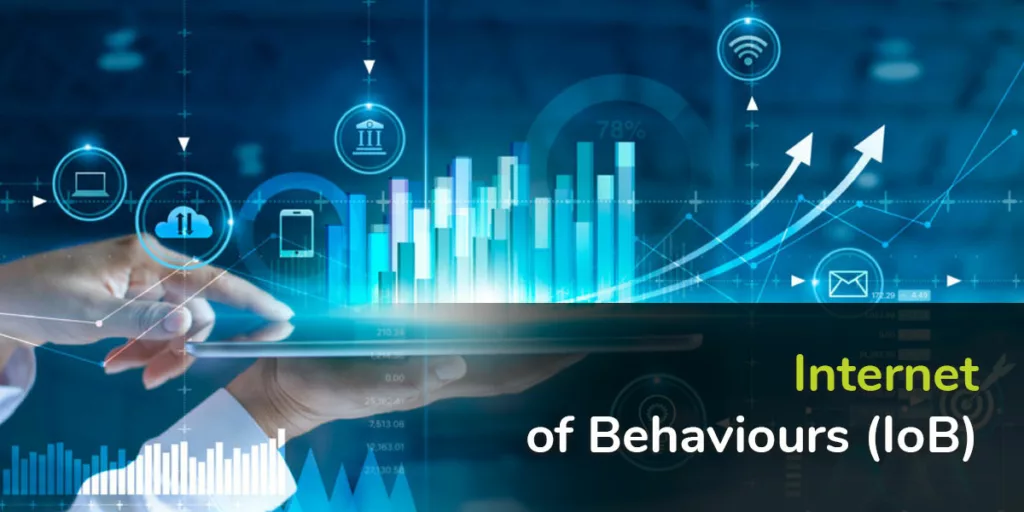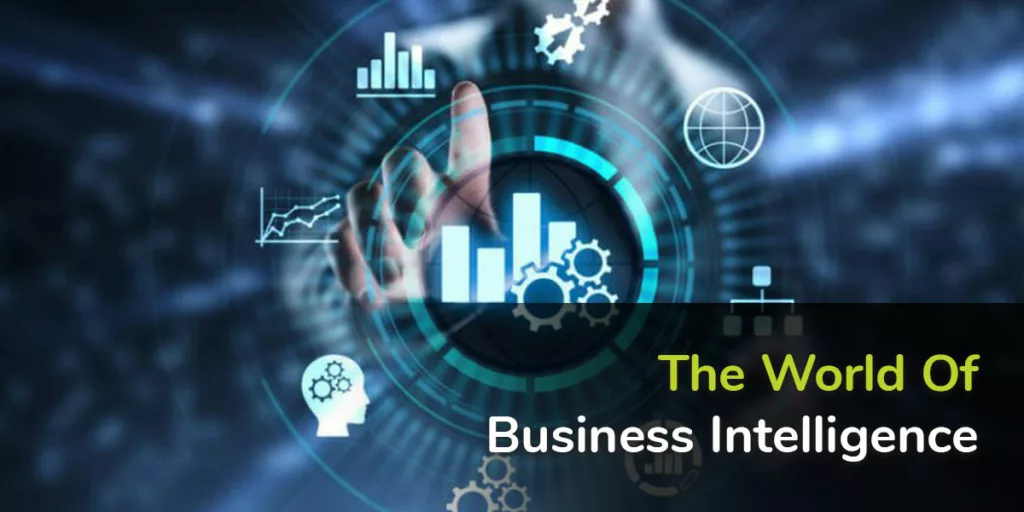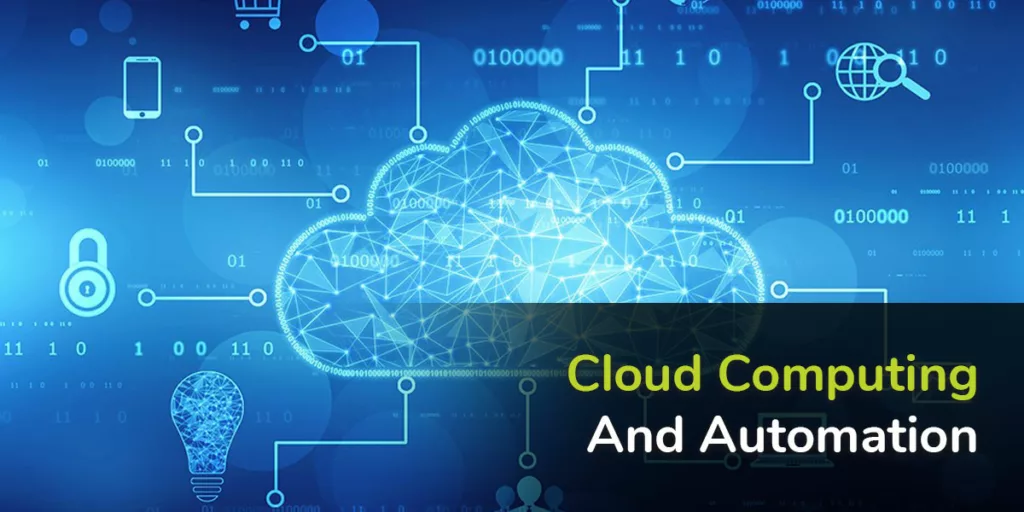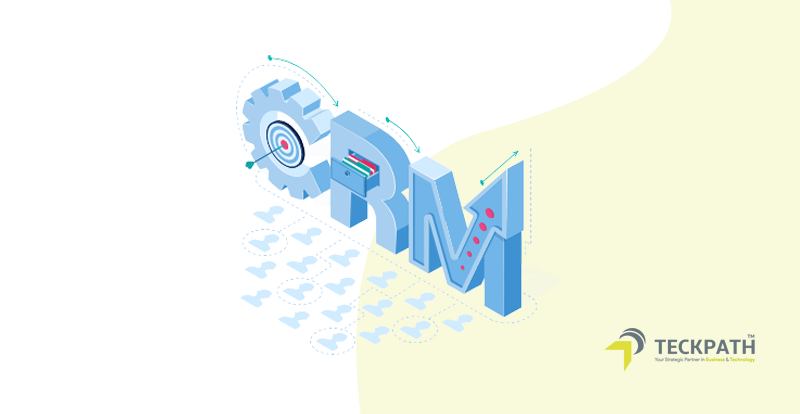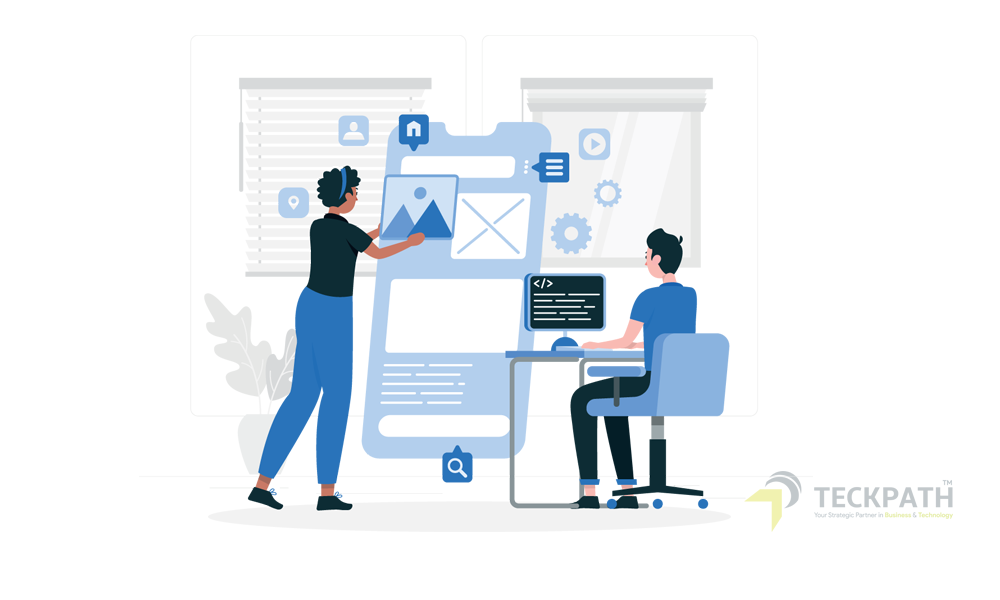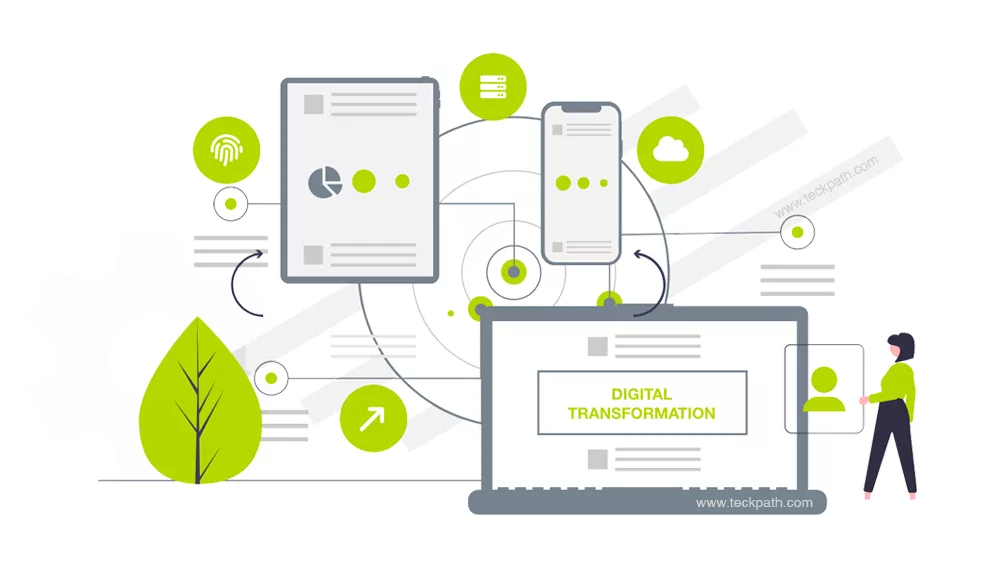The term “data science” refers to the use of scientific methods and mathematical analysis in the context of corporate decision-making. The techniques of artificial intelligence, machine learning, and data mining are increasingly being applied to extremely large (“big”) and frequently diverse collections of unstructured and semi-structured information, and this is what has given rise to the term “big data.”
Today AI depends heavily on more or less “learning” from existing large datasets that are guided, written or organized by data scientists or other professionals, which have very limited applications. This is because AI is designed to replicate humans or in certain cases exceed human capabilities.
Data Science; Definition
With the help of traditional methods like statistics and mathematics as well as cutting-edge methods like specialized advanced analytics, programming, and machine learning (ML), data scientists can sift through mountains of data in search of useful insights that can inform everything from business strategy to personnel selection.
The discipline uses ML for statistics, pictures, text, video, audio, etc. to provide prescriptive and predictive outcomes.
The life cycle of data science involves multiple stages
Acquisition Of Data:
The term “data acquisition” refers to the process of gathering information from a variety of sources, including but not limited to: customers, social media, internet of things (IoT) log files, media files (such as audio and video ), and more. Data collection techniques range from simple site scanning and data input to automated data collection from devices and systems instantaneously.
Storage And Data Processing:
This comprises sorting, converting, and cleaning, the data employing ETL (extract, transform, load) frameworks as well as other data integration approaches. Teams tasked with managing data create systems and structures for archiving it, taking into account the various file types used for archival purposesQuality data is prepared for deep learning, ML, and analytics, by loading it into data warehouses, data lakes, and other repositories.
Analysis Of Data:
In data analysis, experts look for trends, outliers, out-of-the-ordinary values, and other anomalies in the provided data to assess its usefulness for prognostic analysis and machine learning. Appropriate insights that enable effective business choices to achieve scalability may be provided by the developed model.
Communication:
Finally, the findings of the analysis are communicated to the relevant parties with the help of data visualization tools in the form of reports, charts, graphs, and other easily digestible formats. Having an appreciation for these studies increases operational insight.
What Is AI?
AI, or artificial intelligence, is a subfield of computer science that aims to create intelligent computers that can reason and behave like people.
This includes not just ML but also additional forms of machine perception, such as advanced sensory skills that exceed those of human beings in the areas of vision, touch and hearing. Machine learning (ML), NLP, machine vision and voice are all examples of how AI systems may be put to use.
Self-correction, reasoning, and Learning are all cognitive abilities needed for developing AI.
Artificial intelligence (AI) development focuses on gathering data and developing rules or algorithms to extract useful information from it. The rules are explicit and detailed, outlining each action that must be taken to complete a certain activity.
The reasoning behind selecting the most appropriate algorithm to achieve a desired outcome is essential to the field of artificial intelligence programming.
Self-correction is a feature of AI that enhances the accuracy of previously developed algorithms by constant tweaking and improvement.
Weak AI refers to less advanced forms of AI, whereas strong AI refers to more advanced forms of AI.
Weak AI is often referred to as artificial limited intelligence (ANI). This version of AI has been programmed to carry out certain duties Most commercial AI fits under this group, fueling advancements in areas like digital assistants similar to Alexa, Siri and driverless cars.
In the context of artificial intelligence, strong AI refers to both artificial superintelligence (ASI)and artificial general intelligence (AGI) (ASI). For there to be true artificial general intelligence (AGI), a computer would need to be on par with human intellect in terms of problem-solving abilities, learning capacity, and ability to anticipate and prepare for the future. The goal of ASI is to make a computer smarter and more capable than a human brain. The development of very intelligent machines is still in the realm of theory and is unlikely to occur without the use of highly sophisticated imitation or biological merging.
Comparison Between Data Science And AI
Two essential ideas need to be clarified for a full appreciation of the parallels and distinctions between AI and data science.
Co-Dependence:
Due to their mutual dependency, data science, and artificial intelligence (AI) are frequently interchangeably used. Nevertheless, data science does not stand for artificial intelligence, despite popular belief to the contrary.
Meanings:
To put it simply, artificial intelligence (AI) comprises this assessment or enhanced machine observation skills that may give data for an AI system, whereas contemporary data science comprises the gathering, organization, and prescriptive or predictive ML-based information analysis.
Methods:
Analysis, preprocessing data, prediction, and visualisation are all part of data science, whereas AI’s high-level, complicated computing is targeted at projecting future occurrences using forecasting models.
Tools And Techniques:
Data science makes use of data analytics methods and tools from mathematics and statistics, whereas artificial intelligence makes use of machine learning approaches applied through computer algorithms.
Goal:
With the use of AI, we hope to one day be able to do away with the necessity for human intervention altogether by fully automating and autonomously operating in our daily lives. In contrast, the goal of data science is to unearth previously unseen relationships within datasets.
Models:
Models in artificial intelligence are developed to recreate human levels of comprehension and thought. Data scientists construct models to extract the useful statistics required for making choices.
